Sooyeon Lee
ASL-Homework-RGBD Dataset: An annotated dataset of 45 fluent and non-fluent signers performing American Sign Language homeworks
Jul 08, 2022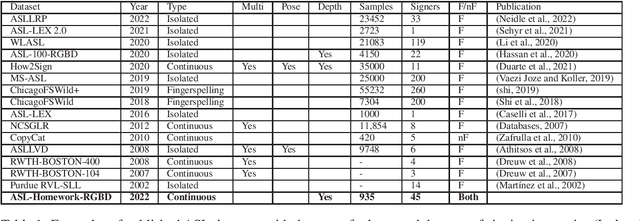
Abstract:We are releasing a dataset containing videos of both fluent and non-fluent signers using American Sign Language (ASL), which were collected using a Kinect v2 sensor. This dataset was collected as a part of a project to develop and evaluate computer vision algorithms to support new technologies for automatic detection of ASL fluency attributes. A total of 45 fluent and non-fluent participants were asked to perform signing homework assignments that are similar to the assignments used in introductory or intermediate level ASL courses. The data is annotated to identify several aspects of signing including grammatical features and non-manual markers. Sign language recognition is currently very data-driven and this dataset can support the design of recognition technologies, especially technologies that can benefit ASL learners. This dataset might also be interesting to ASL education researchers who want to contrast fluent and non-fluent signing.
ADSaS: Comprehensive Real-time Anomaly Detection System
Nov 30, 2018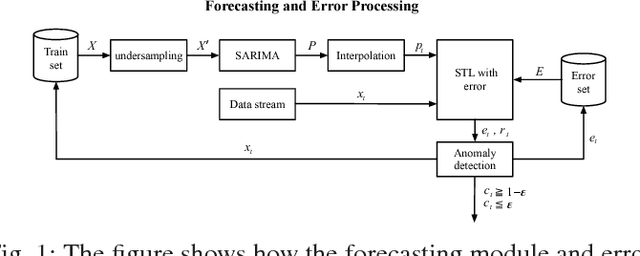
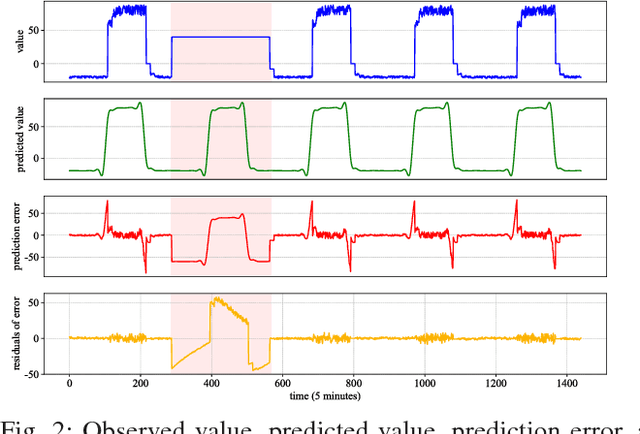
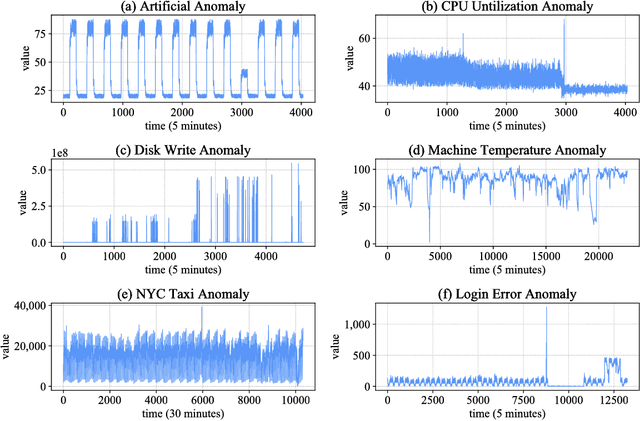
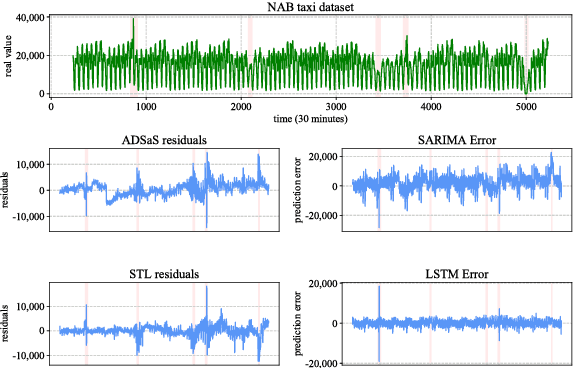
Abstract:Since with massive data growth, the need for autonomous and generic anomaly detection system is increased. However, developing one stand-alone generic anomaly detection system that is accurate and fast is still a challenge. In this paper, we propose conventional time-series analysis approaches, the Seasonal Autoregressive Integrated Moving Average (SARIMA) model and Seasonal Trend decomposition using Loess (STL), to detect complex and various anomalies. Usually, SARIMA and STL are used only for stationary and periodic time-series, but by combining, we show they can detect anomalies with high accuracy for data that is even noisy and non-periodic. We compared the algorithm to Long Short Term Memory (LSTM), a deep-learning-based algorithm used for anomaly detection system. We used a total of seven real-world datasets and four artificial datasets with different time-series properties to verify the performance of the proposed algorithm.
 Add to Chrome
Add to Chrome Add to Firefox
Add to Firefox Add to Edge
Add to Edge